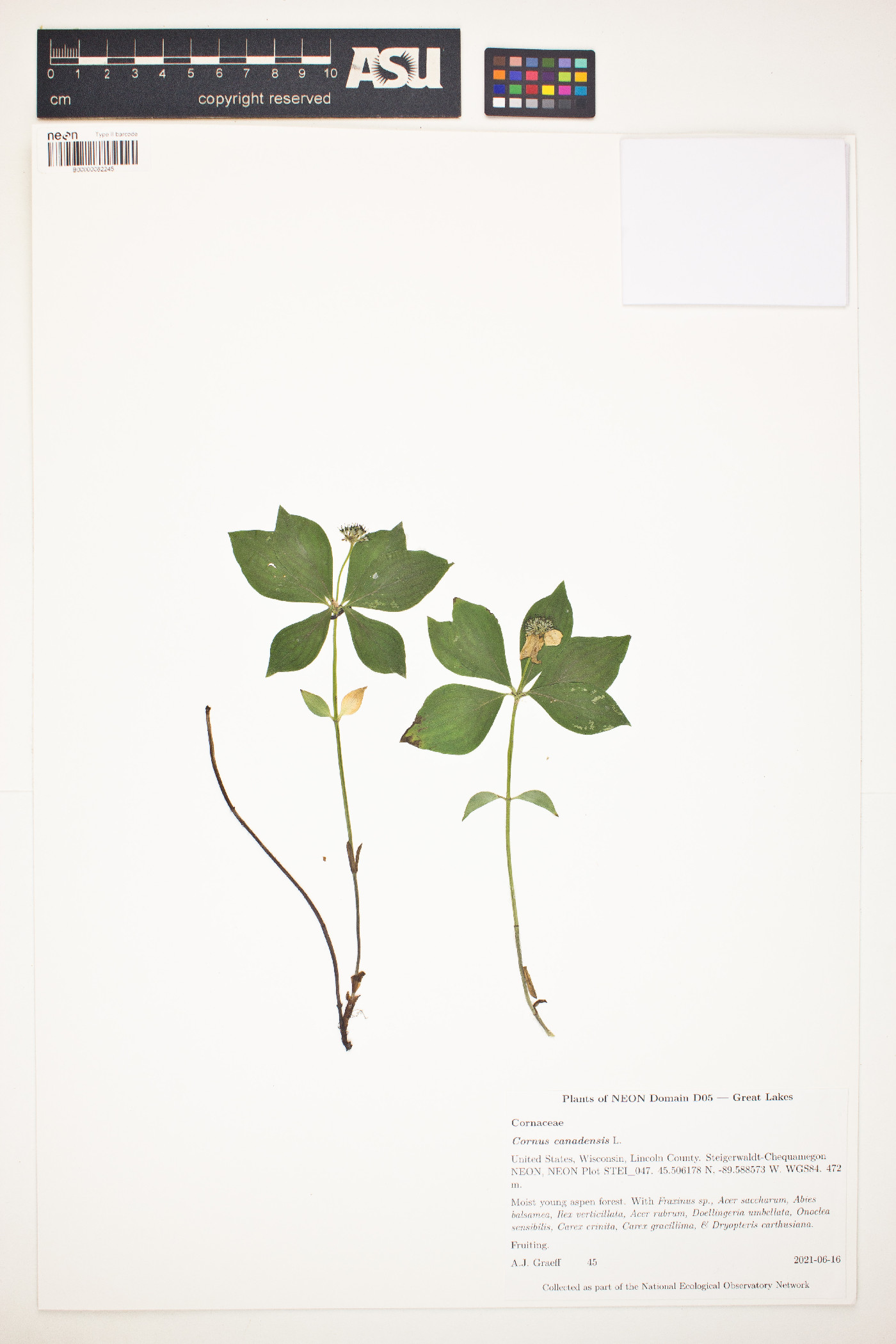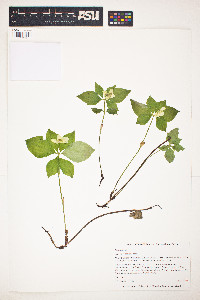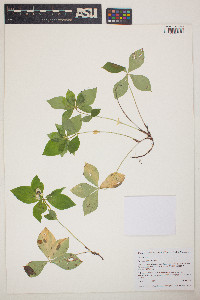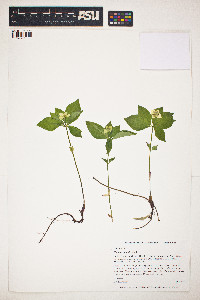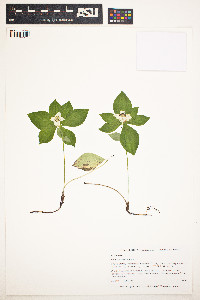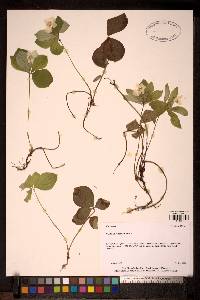Subshrub, spreading by woody rhizomes 10 - 20 cm tall
Leaves: opposite but appear whorled, in clusters of four to six at ends of stems, shiny dark green, 4 - 8 cm long, lance-shaped to oval or inversely egg-shaped with arching (arcuate) veins, sometimes hairy. Leaves turn red in fall.
Flowers: borne in dense clusters, surrounded by four to six whitish to purplish petal-like bracts, greenish white, 1 - 2 cm long.
Fruit: fleshy with a center seed (drupe), borne in dense clusters, red, 8 mm long.
Similar species: Cornus canadensis has opposite leaves with arching venation, which is characteristic of the genus. However, it is easily distinguished from other dogwoods in the Chicago Region, because it is a low-growing subshrub with red fruit and flowers surrounded by four petal-like bracts.
Flowering: mid May to late June
Habitat and ecology: Very rare in the Chicago Region, this species forms colonies in boggy woods and in organic soil near the transition zone of wet-mesic swamps and shrub and sedge communities.
Occurence in the Chicago region: native
Notes: This species is sometimes used as an ornamental groundcover.
Etymology: Cornus comes from the Latin word cornu, meaning horn, referring to its hard wood. Canadensis means "from Canada."
Author: The Morton Arboretum

